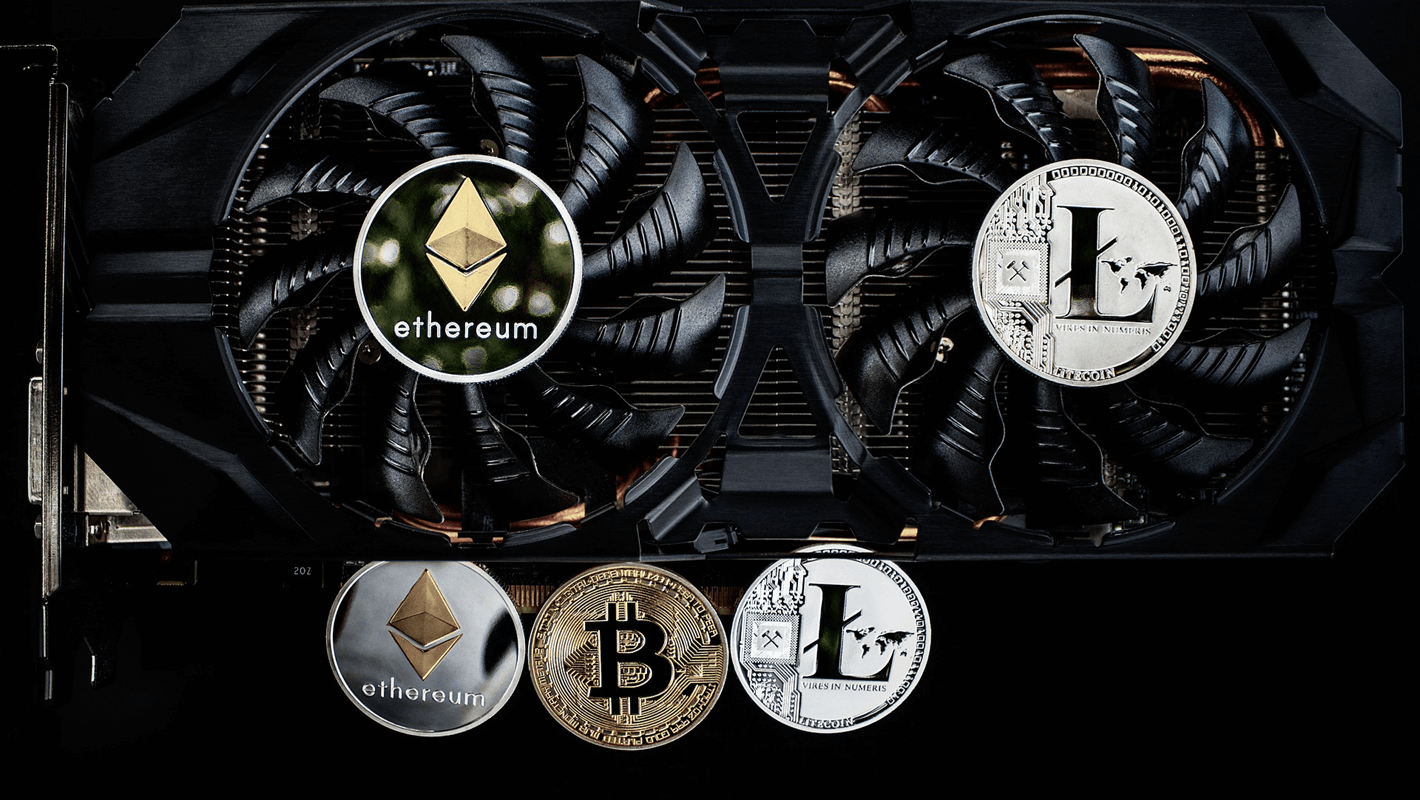

Ever since Bitcoin came out a decade ago, a plethora of altcoins (alternatives to Bitcoin) has sprung up. So many, in fact, that according to CoinMarketCap, there are currently well over 2,000 despite the bear market. Each of these altcoins has similarities and differences, but let’s take a look at two of the most popular ones – Ethereum and Litecoin.
Ethereum is a public blockchain that allows developers to create third-party applications (dApps) on it. Rather like iOS and the Apple Store, Ethereum provides a platform for almost unlimited innovation to blossom.
Like Bitcoin, Ethereum has its own native cryptocurrency called Ether (ETH). It also makes use of the same Proof-of-Work (PoW) protocol to secure its network.
Without getting into the ins and outs of cryptocurrency mining here, PoW basically means that miners have to verify transactions of blocks in the Ethereum blockchain. They do this by solving mathematical equations in return for Ether.
One of the reasons that Ethereum took off in such a big way is due to its implementation of smart contract technology. Smart contracts allow one user to transfer a payment to another user without an intermediary.
ICOs came into their own in 2017 thanks to their ability to use Ethereum’s platform to create their own ERC-20 tokens and sell them through smart contracts.
This is also one of the biggest reasons behind ETH’s crashing price in 2018, as many ICOs began dumping and panic selling ETH. Since they use ETH to raise funds rather than as a store of value, most ICOs started to cash in as the price began to drop.
The face of Ethereum is widely recognised as Vitalik Buterin, one of crypto’s most important personalities. However, Ethereum was also developed by Jaxx founder Anthony Di Iorio and ConsenSys founder Joseph Lubin.
Looking at Ethereum vs Litecoin is rather like trying to compare apples and oranges. They are both very different. Depending on your preference, it’s up to you to decide which one you like more.
Unlike Ethereum, which has a much stronger focus on its developer network than its native coin, Litecoin is a cryptocurrency in the truest sense.
Litecoin is very similar to Bitcoin since Litecoin is actually a fork of Bitcoin. Ex-Google employee and Litecoin creator Charlie Lee sent out an upgrade of Bitcoin in 2011 that the majority of the miners did not agree with. This split the network into a new blockchain which became Litecoin.
Compared to Bitcoin, Litecoin is much faster and transactions are cheaper. It’s also easier to perform updates such as SegWit on its network since its community is smaller than the Bitcoin network, which avoids infighting. This makes Litecoin a good testing ground for Bitcoin.
Founding director of the Litecoin Foundation Franklyn Richards said of the two networks, “we don’t compete, we benefit”, and that Bitcoin and Litecoin help each other. Many users even transfer Bitcoin using Litecoin’s network because transaction times are faster.
One of the key differences between Ethereum and Litecoin is that Ethereum is much newer than Litecoin. Litecoin has been around since 2011 (which may as well be centuries in the crypto industry).
Ethereum was not unveiled until 2015. But because it has many more value propositions than Litecoin, it has developed at a much faster rate.
Ethereum is currently the third largest cryptocurrency after Bitcoin and XRP by market cap (around $13bn), dwarfing Litecoin in seventh place with a market cap of close to $2bn.
Litecoin is much more of a payment system than Ethereum, which is a developer application platform. Ethereum’s main raison d’etre is a decentralised computer system with its own programming language that lets developers create dApps through smart contracts.
The block time on Ethereum is pretty low, which means that an Ethereum transaction can be confirmed typically in around 10-20 seconds. Litecoin, on the other hand, takes around 2.5 minutes.
The Ethereum network can currently handle around 15 transactions per second, while Litecoin can manage around 56, giving it an advantage. However, both these figures pale in comparison to Visa, which can handle up to 24,000 transactions a second.
It should be noted that both blockchains are working on scaling solutions to improve the number of transactions per second. Ethereum is working on its sharding and Plasma solutions while Litecoin is scaling with the Lightning Network.
Litecoin has a limit of 84 million tokens. This is way more than Bitcoin at 21 million and is meant to keep its goal of being a cheaper coin. There is no set limit of Ether that can be mined.
Both cryptocurrencies use PoW to mine, however Ethereum is working to make the shift to a Proof of Stake (PoS) mining system that uses less computational power by 2020.
Looking at Ethereum vs Litecoin may not be as important as examining the individual strengths of each one and the purposes they serve. And if you’re looking to invest in cryptocurrencies, it’s always a good idea to diversify your portfolio.
Denver, Colorado, 24th February 2025, Chainwire
Denver, Colorado, 20th February 2025, Chainwire
Washington, D.C., 18th February 2025, Chainwire
Dubai, UAE, 27th January 2025, Chainwire
Those who enter the market at this time may be surprised to hear that Bitcoin…
George Town, Grand Cayman, 22nd November 2024, Chainwire